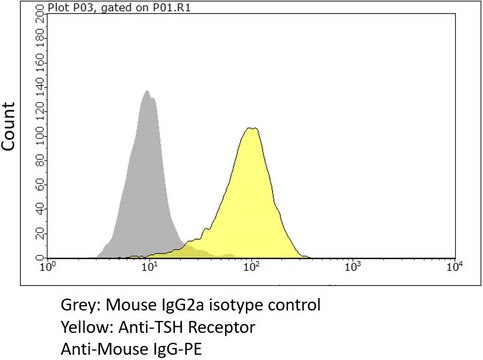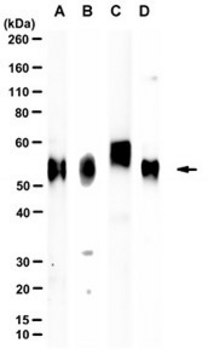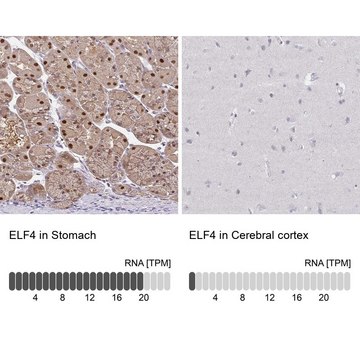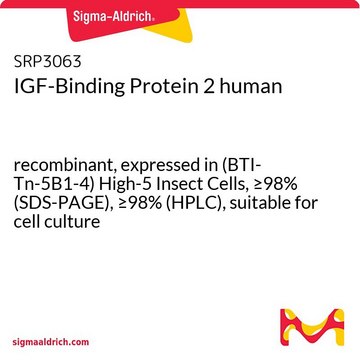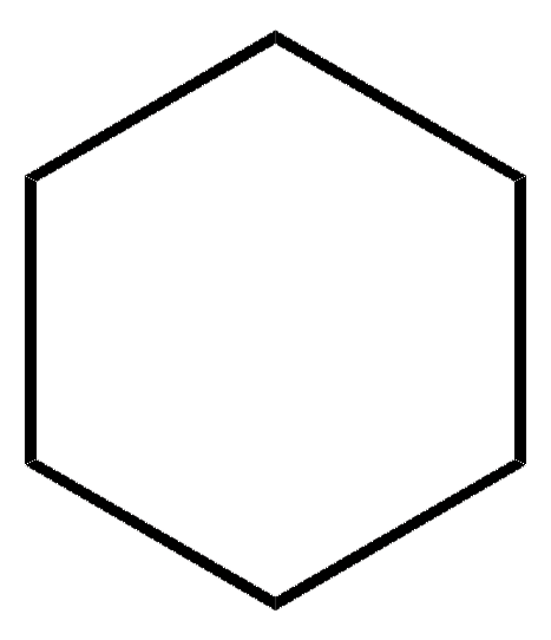Recommended Products
biological source
rat
Quality Level
conjugate
unconjugated
antibody form
purified antibody
antibody product type
primary antibodies
clone
6A6, monoclonal
mol wt
calculated mol wt 67.13 kDa
purified by
using protein G
species reactivity
mouse
packaging
antibody small pack of 100 μg
technique(s)
ELISA: suitable
blocking: suitable
flow cytometry: suitable
inhibition assay: suitable
isotype
IgG2a
epitope sequence
N-terminal
Protein ID accession no.
UniProt accession no.
shipped in
dry ice
target post-translational modification
unmodified
Gene Information
mouse ... Cd96(84544)
General description
Specificity
Immunogen
Application
Evaluated by Flow Cytometry in EL4 cells.
Flow Cytometry Analysis: 1 μg of this antibody detected CD96 in one million EL4 cells.
Tested Applications
Flow Cytometry Analysis: A representative lot detected CD96 in Flow Cytometry applications (Seth, S., et al. (2007). Biochem Biophys Res Commun. 364(4):959-65; Aguilera, A.R., et al. (2018). Oncoimmunology. 7(5):e1424677; Chiang, E.Y., et al. (2020). Eur J Immunol. 50(6):891-902).
ELISA Analysis: A representative lot detected CD96 in ELISA applications (Aguilera, A.R., et al. (2018). Oncoimmunology. 7(5):e1424677) .
Inhibition Assay: A representative lot of this antibody blocked CD96-CD155 interaction. (Seth, S., et al. (2007). Biochem Biophys Res Commun. 364(4):959-65; Aguilera, A.R., et al. (2018). Oncoimmunology. 7(5):e1424677; Georgiev, H., et al. (2018). Front Immunol. 9:1072).
Note: Actual optimal working dilutions must be determined by end user as specimens, and experimental conditions may vary with the end user
Physical form
Storage and Stability
Other Notes
Disclaimer
Not finding the right product?
Try our Product Selector Tool.
Storage Class Code
12 - Non Combustible Liquids
WGK
WGK 2
Regulatory Information
Certificates of Analysis (COA)
Search for Certificates of Analysis (COA) by entering the products Lot/Batch Number. Lot and Batch Numbers can be found on a product’s label following the words ‘Lot’ or ‘Batch’.
Already Own This Product?
Find documentation for the products that you have recently purchased in the Document Library.
Our team of scientists has experience in all areas of research including Life Science, Material Science, Chemical Synthesis, Chromatography, Analytical and many others.
Contact Technical Service